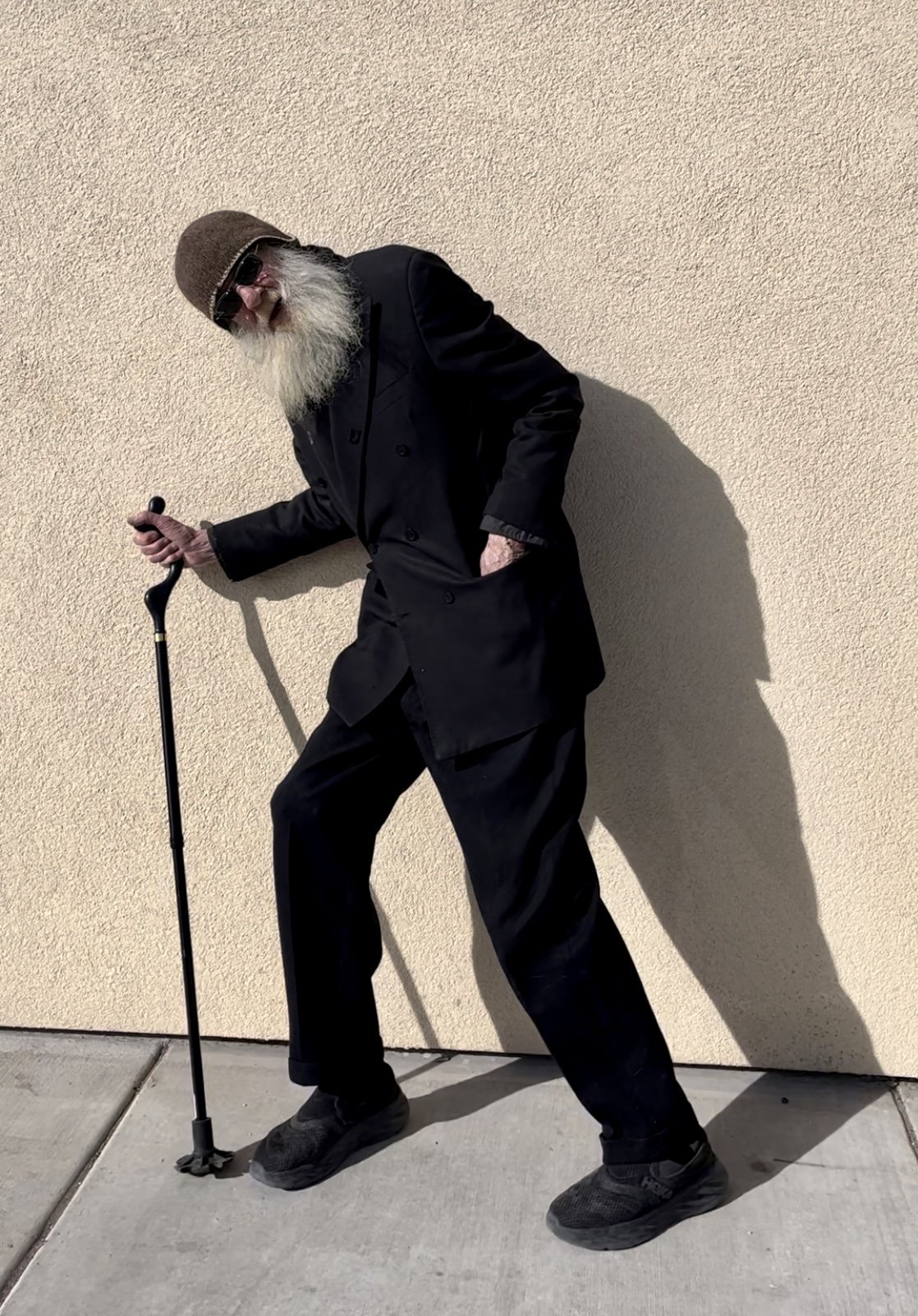
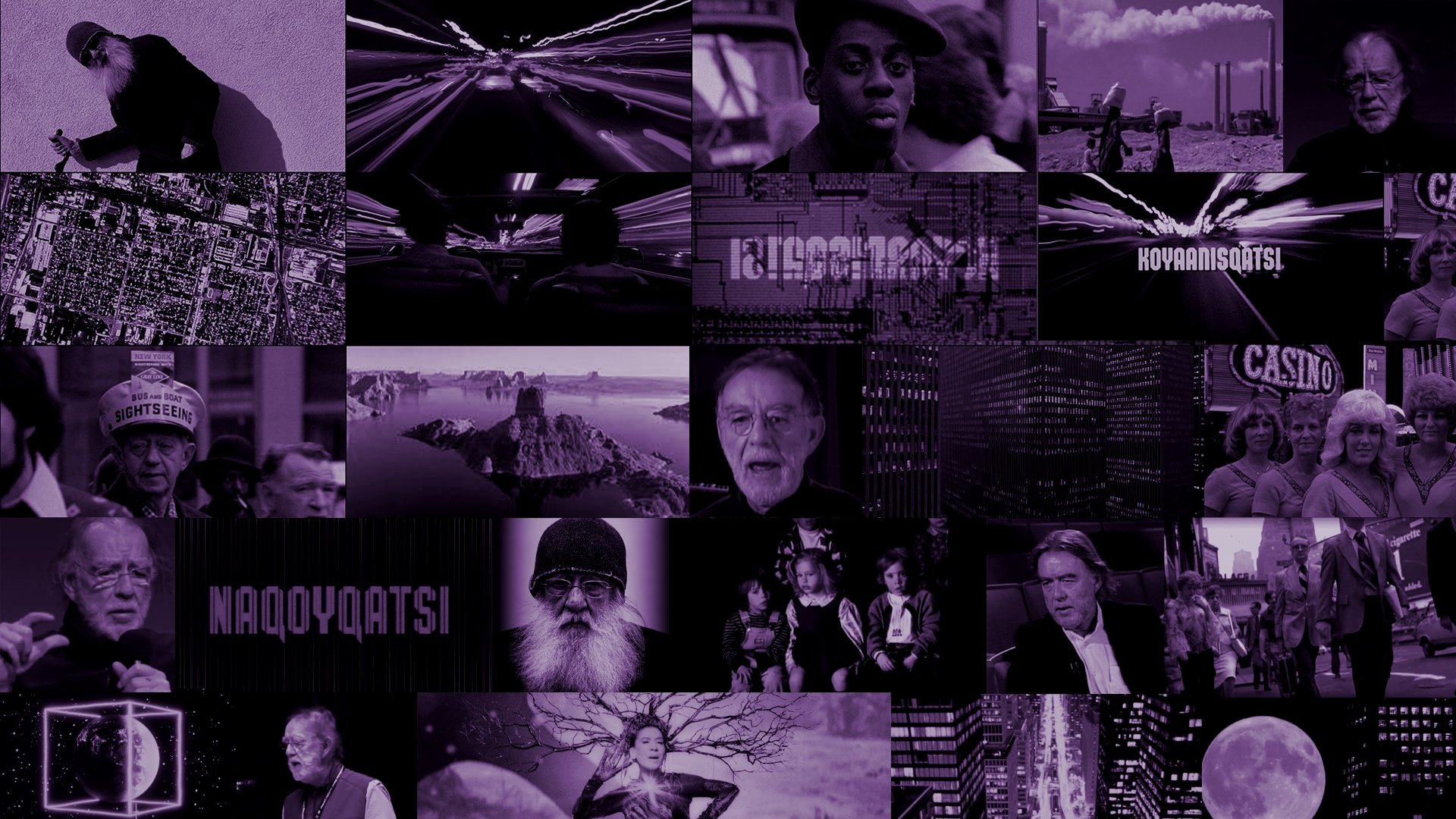
OUR MISSION
The Godfrey Reggio Foundation is a non-profit educational organization dedicated to the legacy and vision of renowned filmmaker Godfrey Reggio. Guided by his wife, Marti Reggio, the Foundation aims to perpetuate Godfrey Reggio's profound impact on the world of cinema and philosophy by fostering a creative and intellectually stimulating environment. Through public discussions, correspondence, and engagement on various media platforms, we seek to promote the transformative power of filmmaking and explore the concept of "Future Present" as a guiding principle for life and beyond, all while embracing the potential of social media to connect and educate.
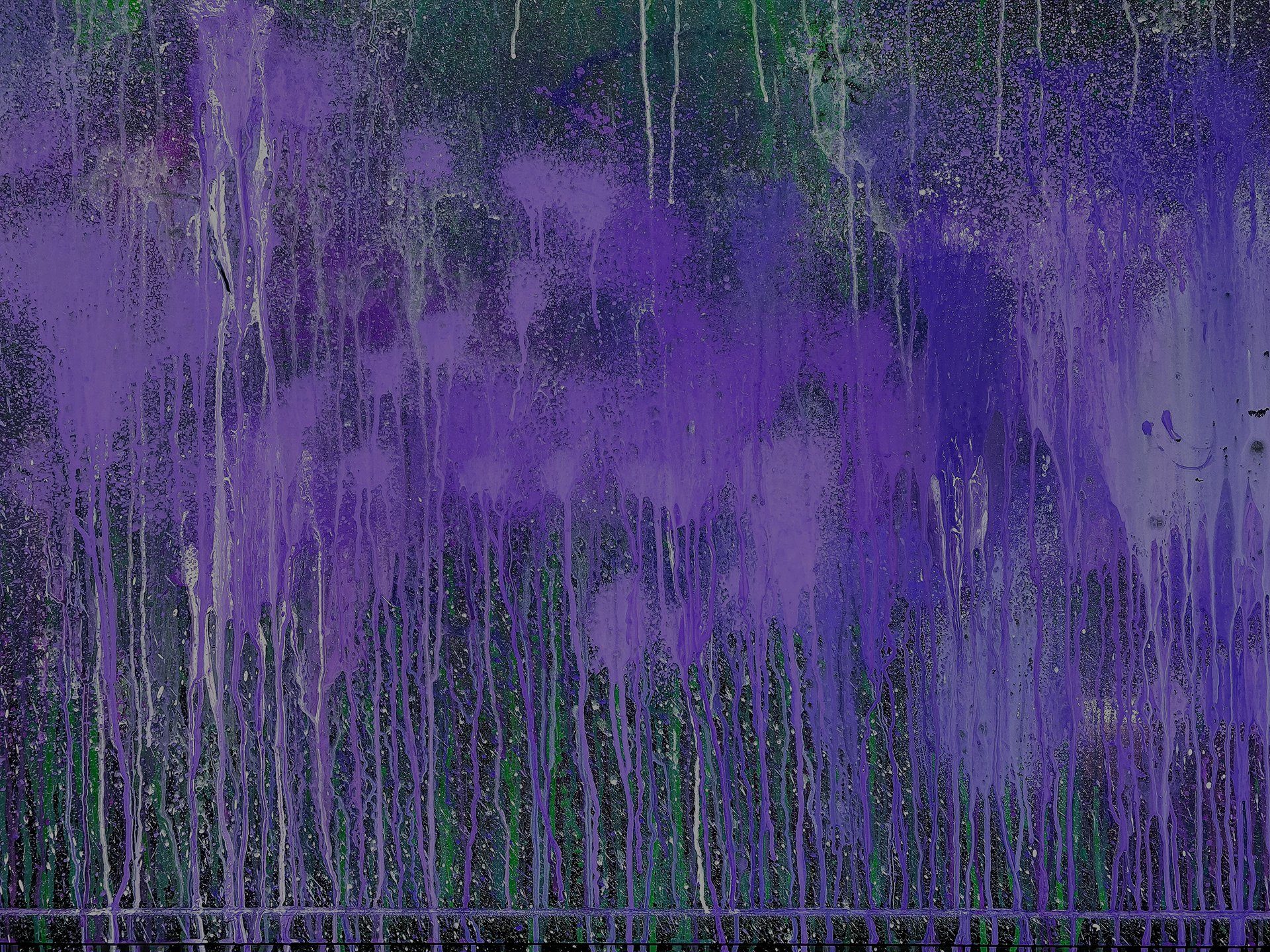
Godfrey over the years
The Interviews
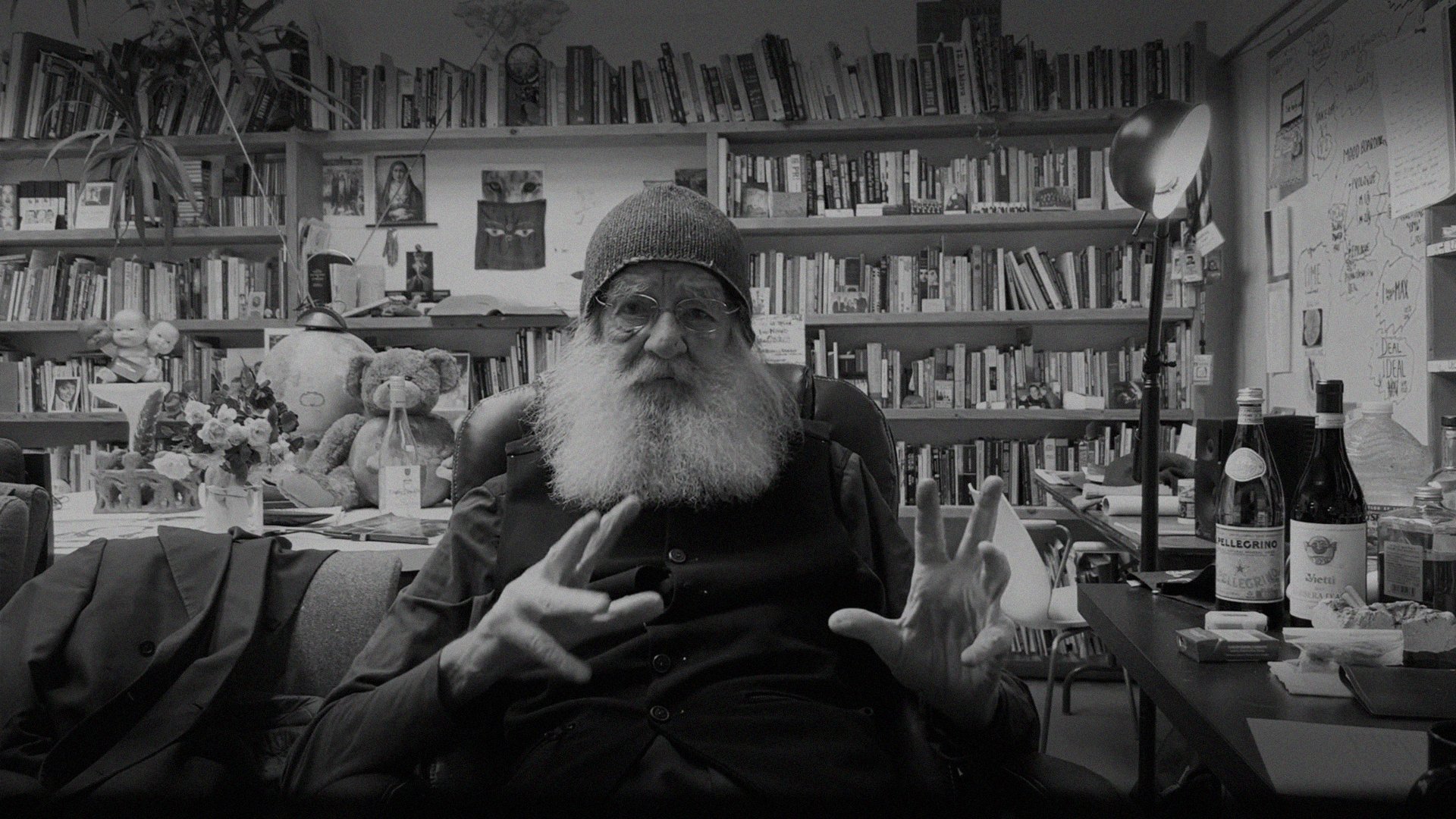

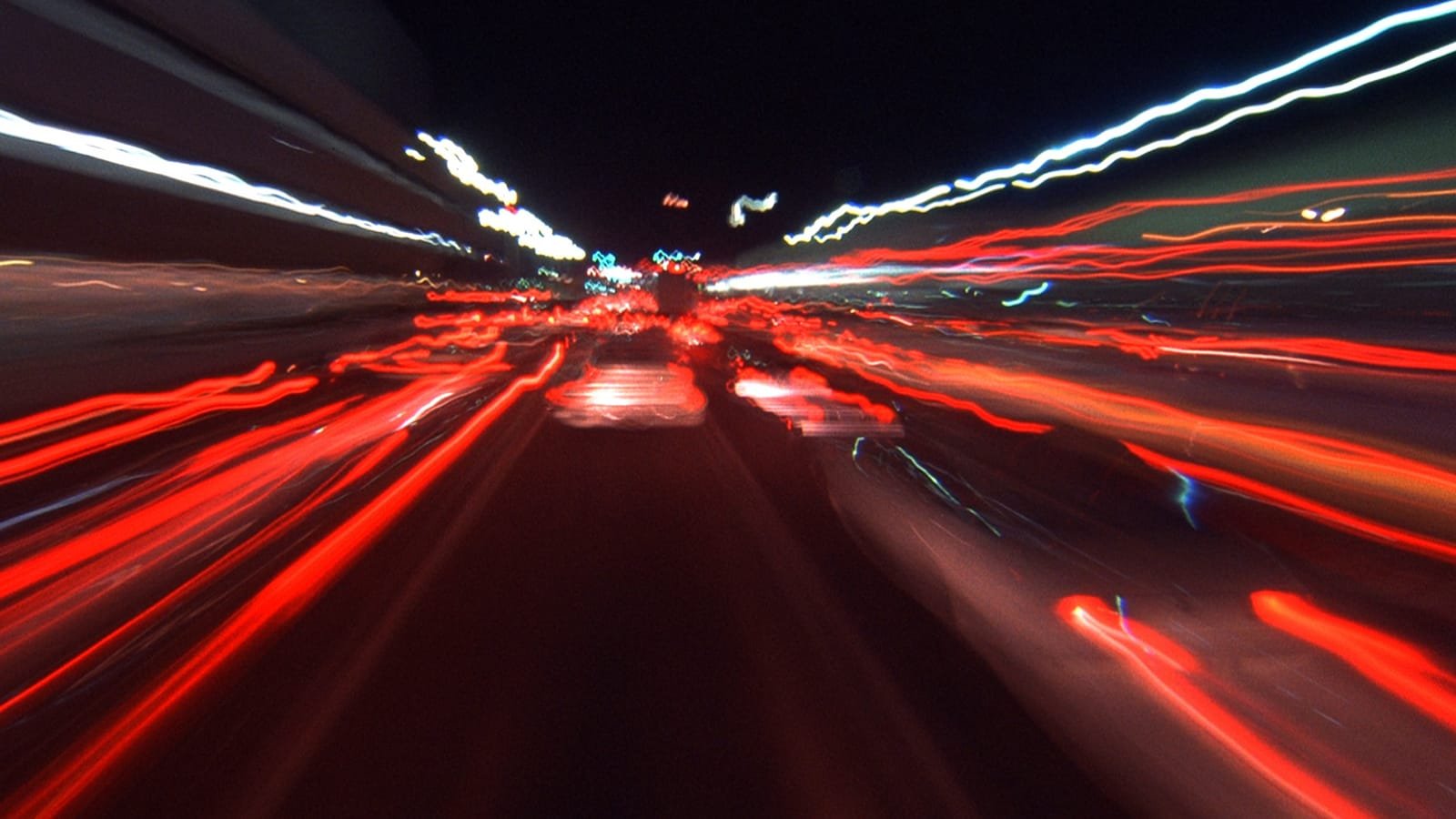
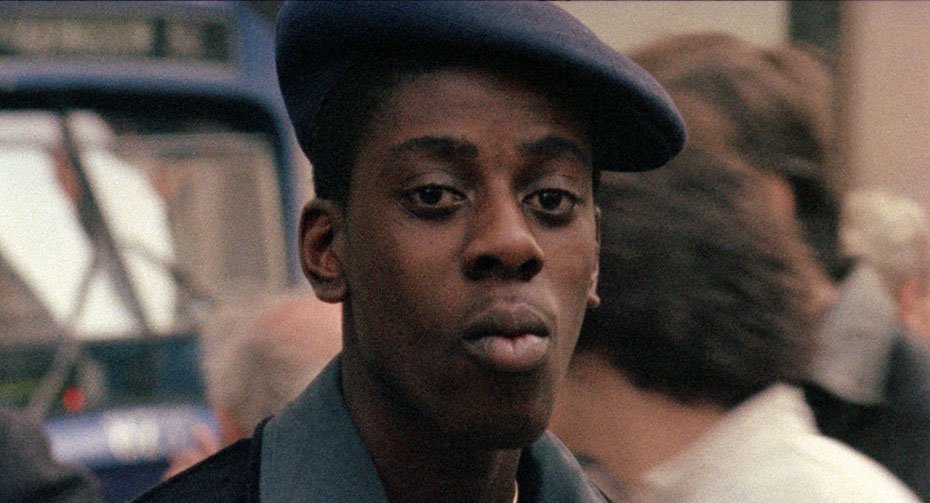
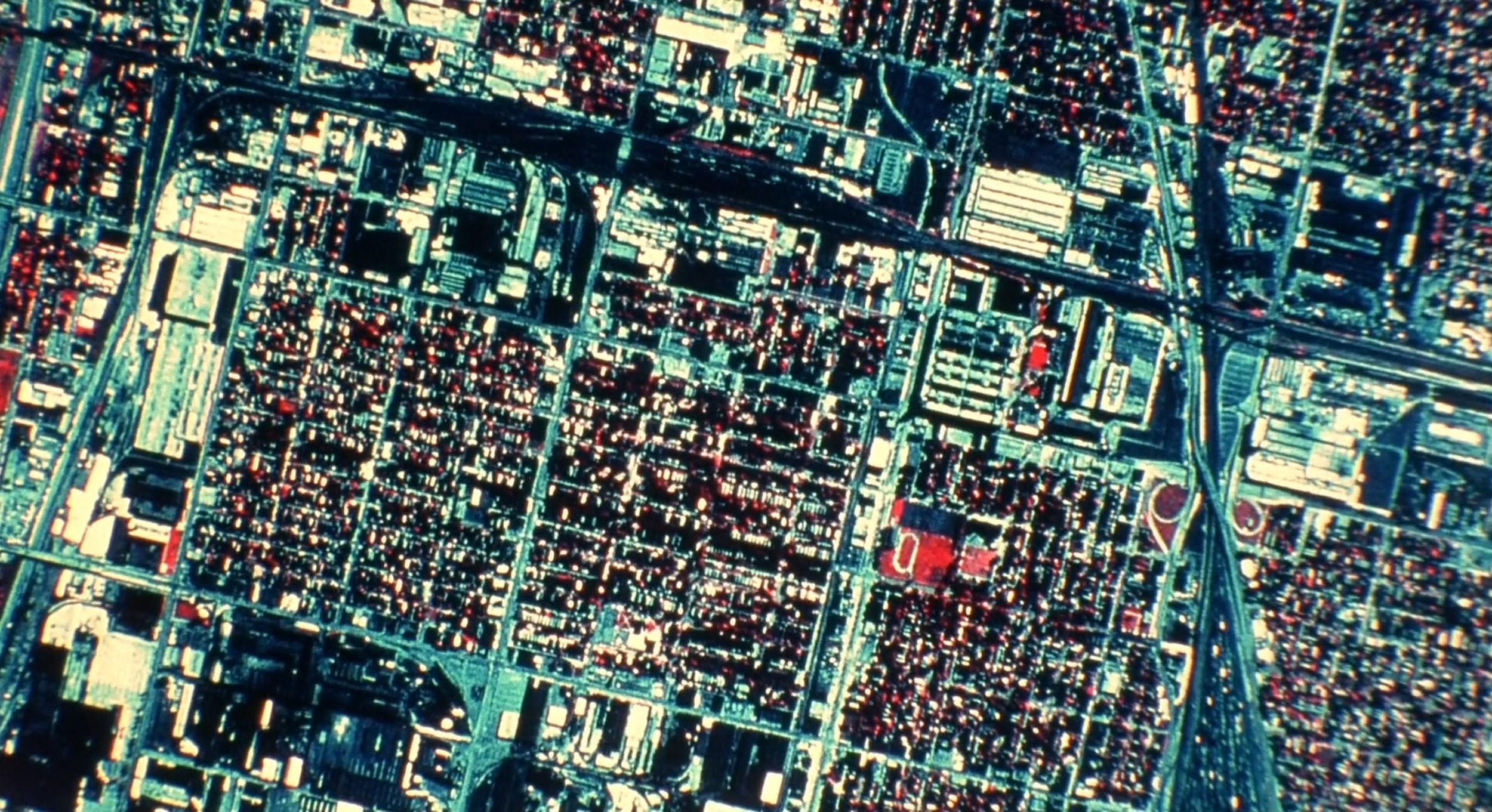
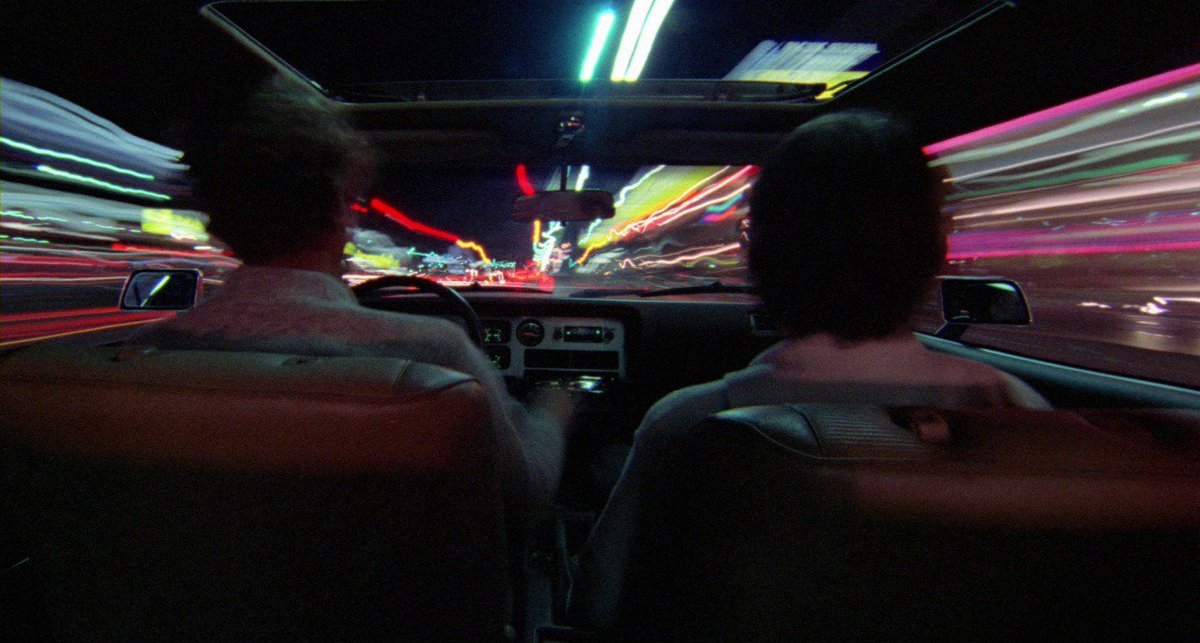
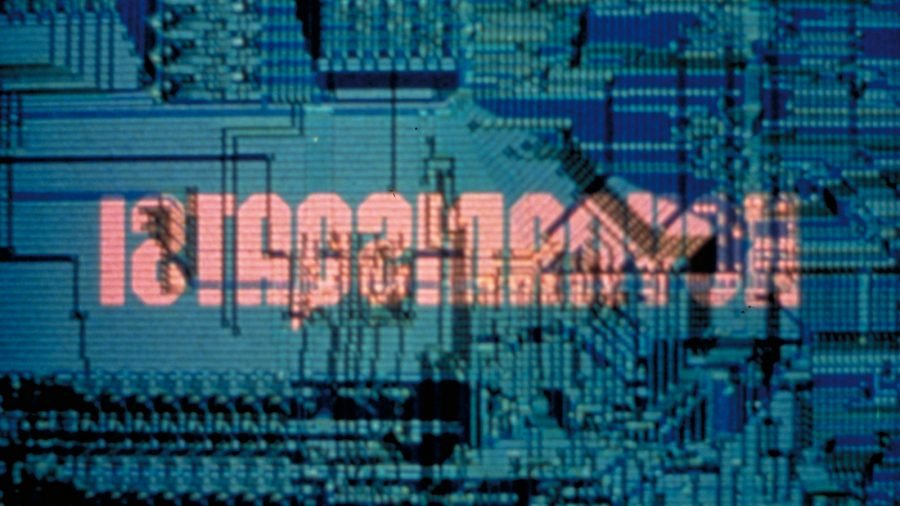
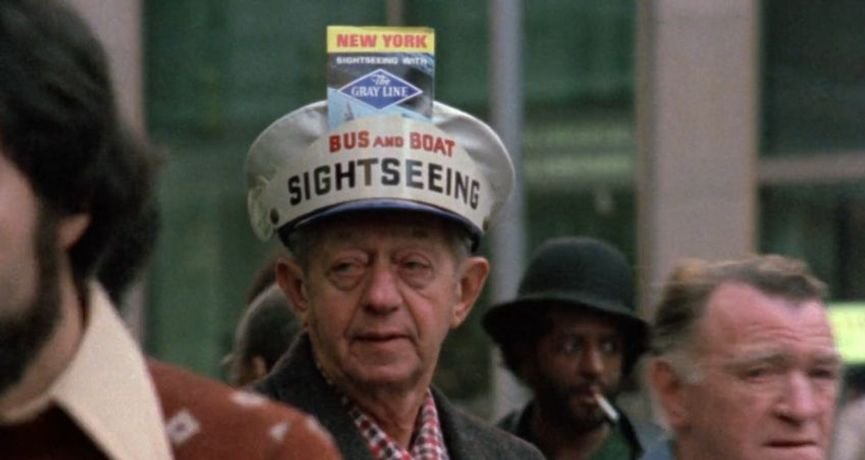

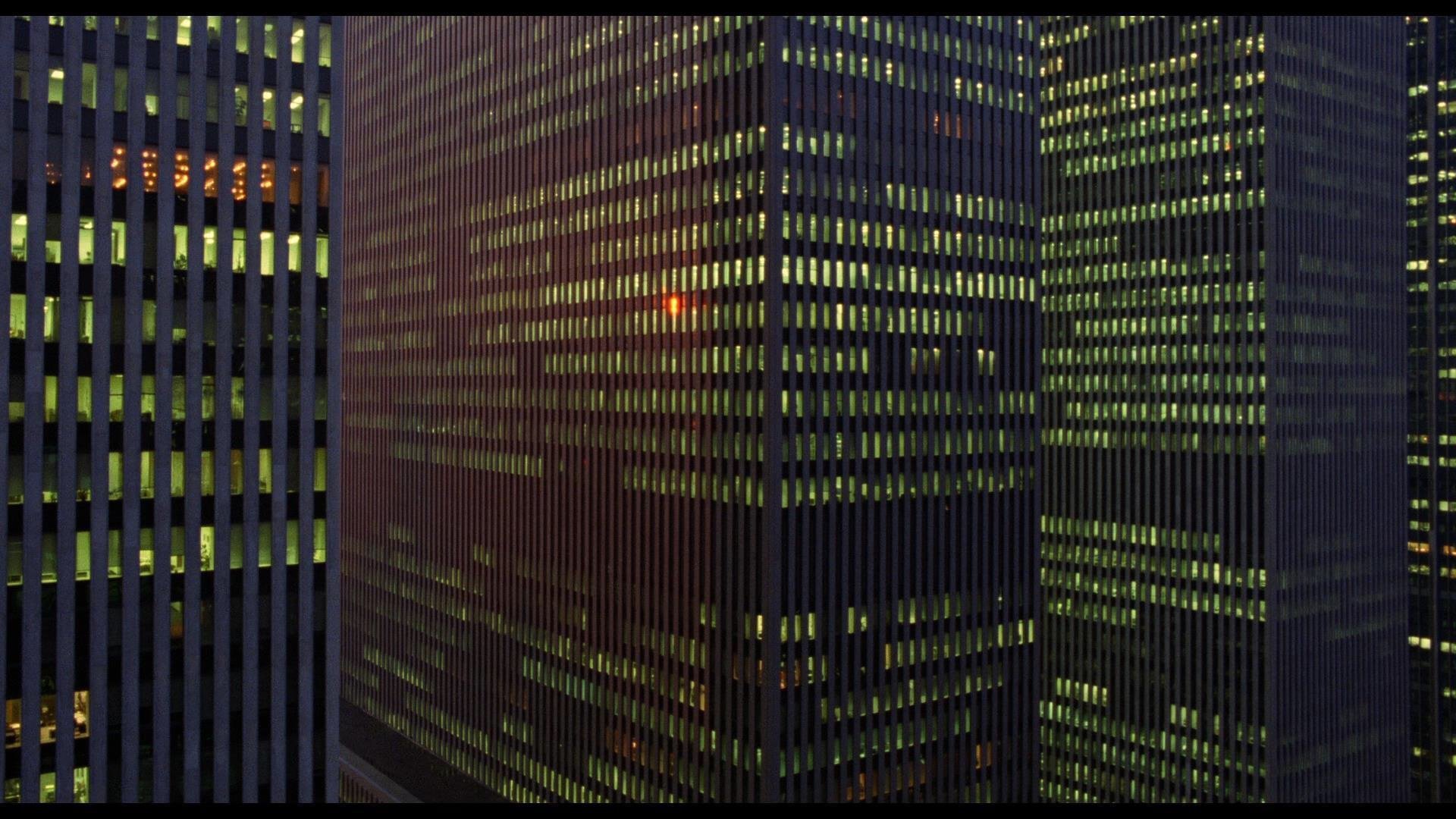
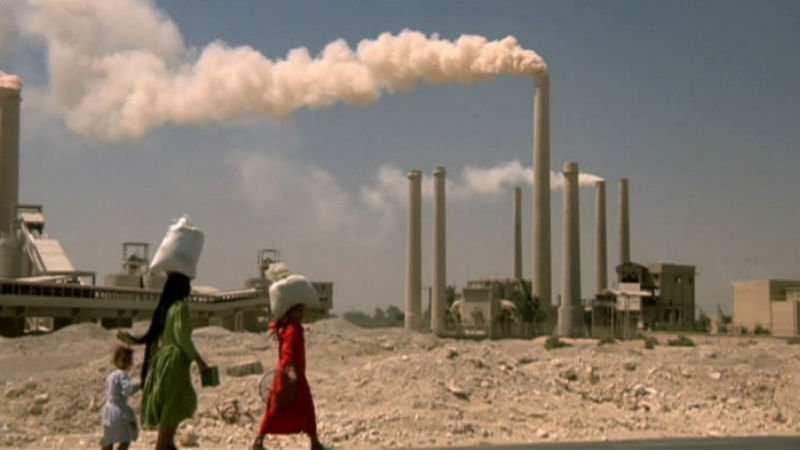
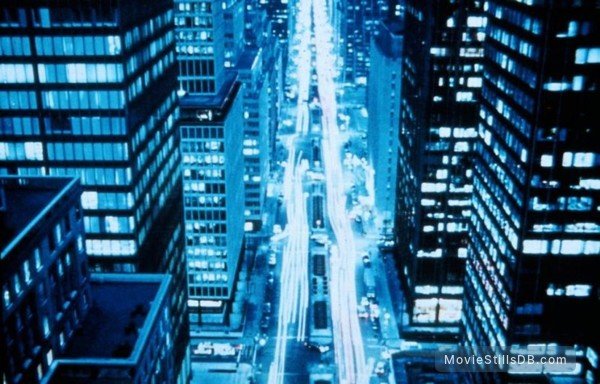
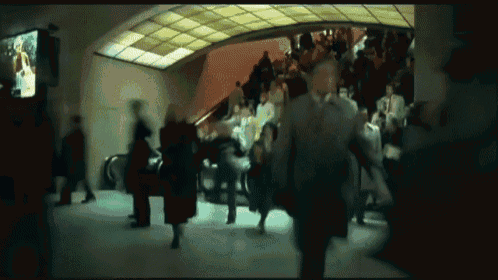

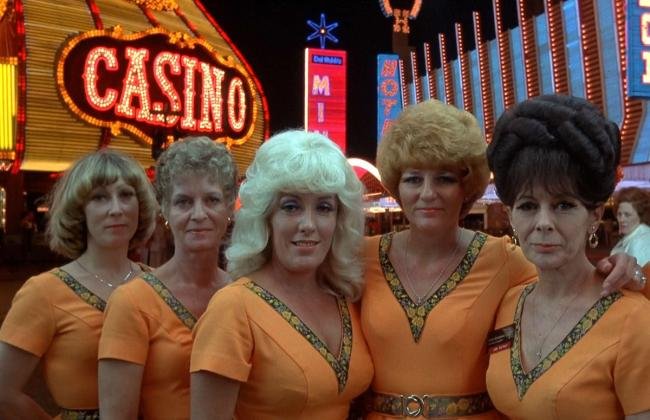

Ready to LEARN MORE?
Donate to the Future Present

